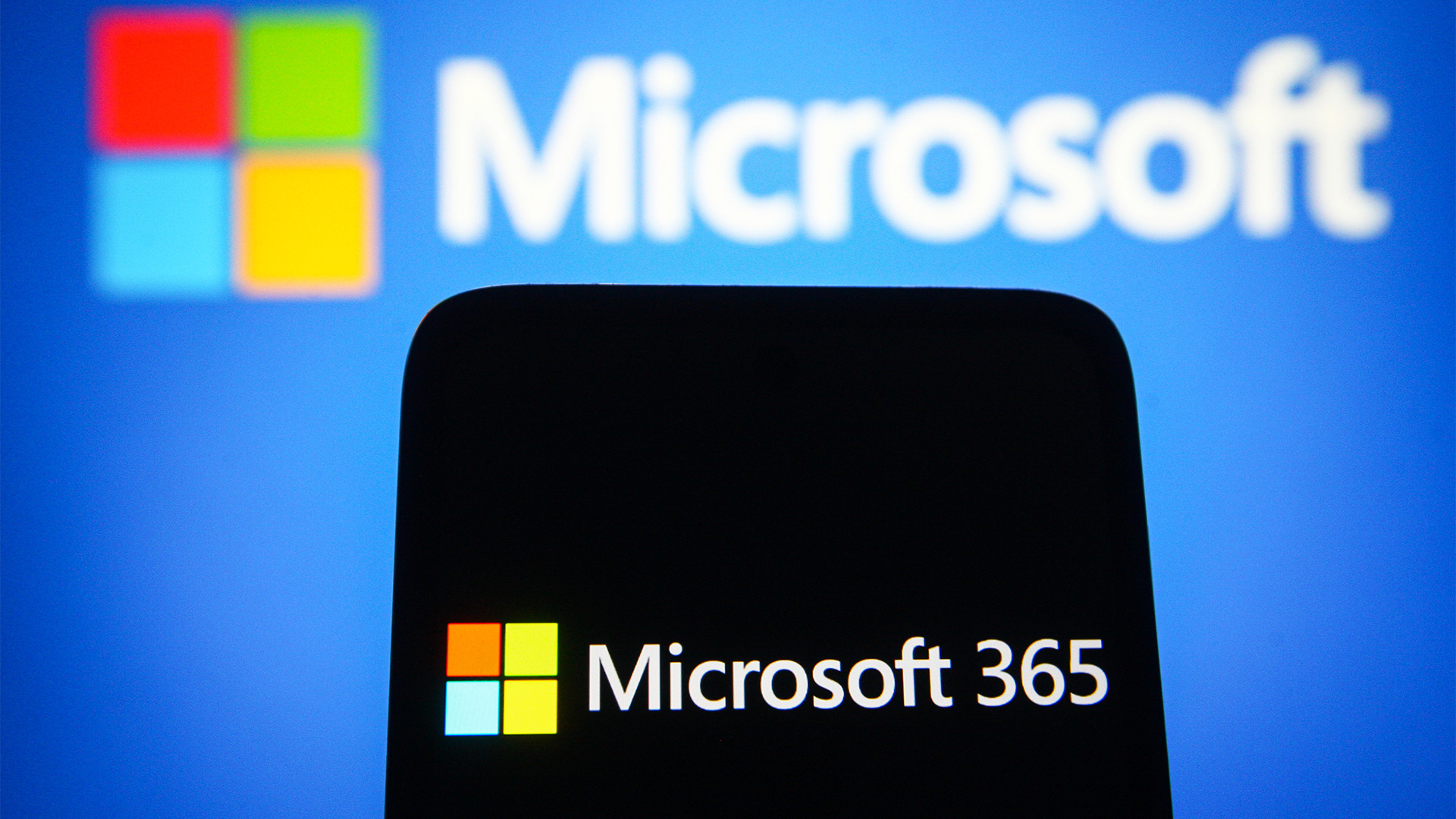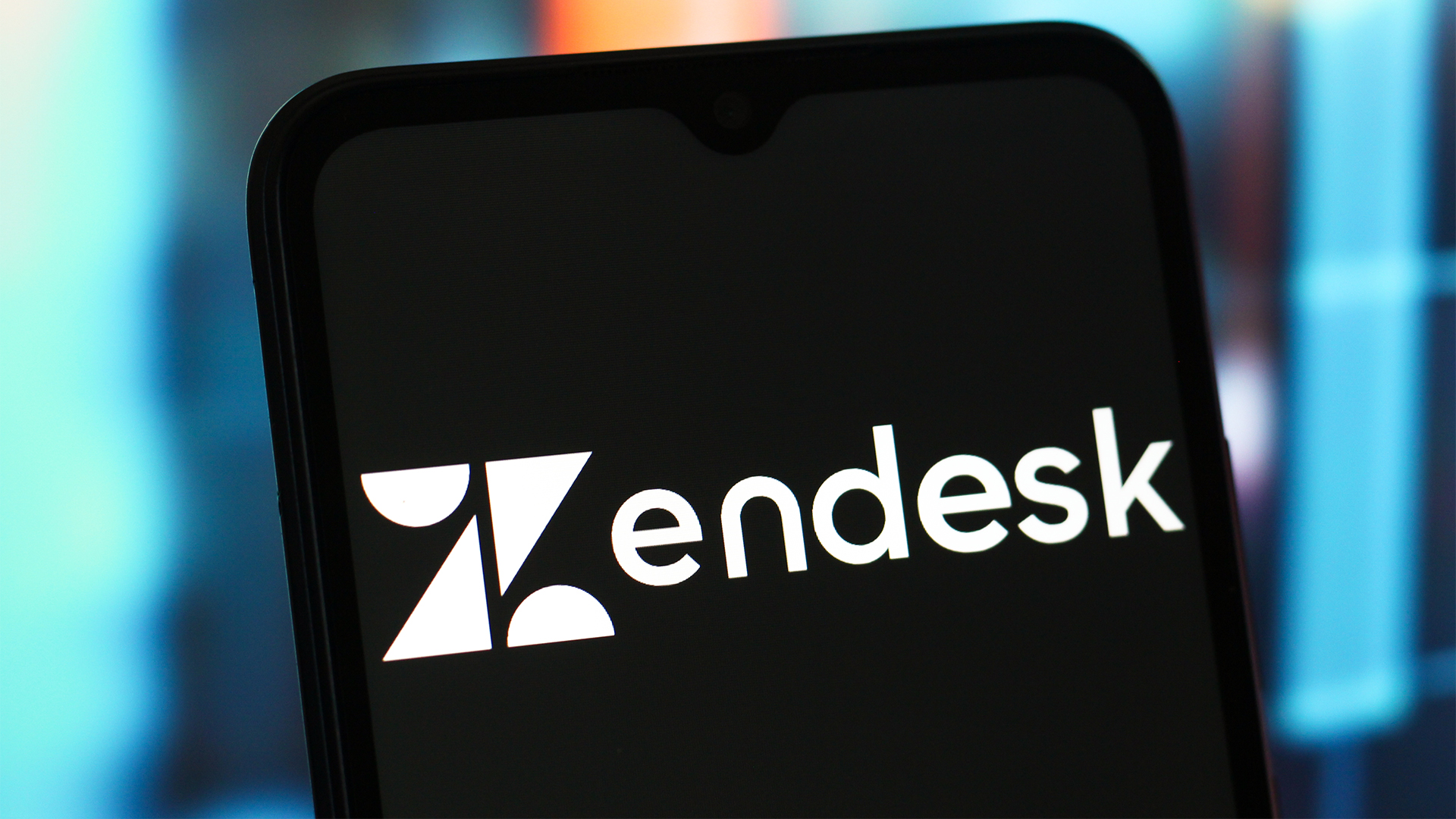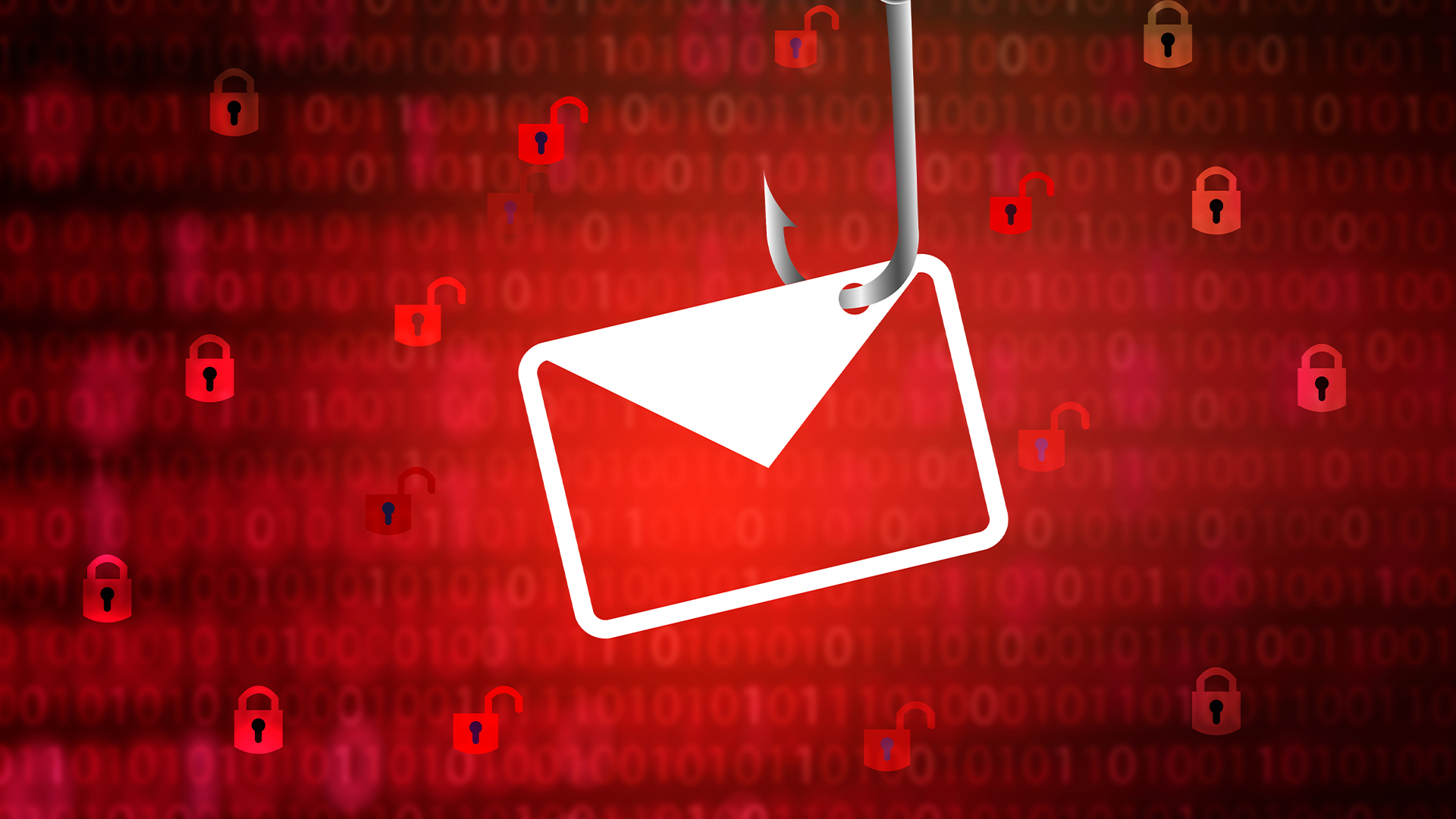Russian hackers tried to lure diplomats with wine tasting – sound familiar? It’s an update to a previous campaign by the notorious Midnight Blizzard group
The latest Midnight Blizzard campaign sought to lure politicians with a swanky night out


Notorious Russian threat group Midnight Blizzard has been mixing up its attack methods in recent months, according to analysis from Check Point, including targeting European diplomats with the lure of luxury events.
In a blog post detailing the campaign, researchers said the threat group has been targeting European governments and diplomats since January this year.
The campaign saw hackers impersonate a “major European Ministry of Foreign Affairs” and target victims with phishing emails inviting them to a wine tasting event.
Malicious emails curated by the group contained a link to deploy a backdoor dubbed ‘GRAPELOADER’, researchers added.
“The emails contained a malicious link that led, in some cases, to the download of an archive, eventually leading to the deployment of GRAPELOADER,” the blog post reads.
“In other cases, the link in the phishing emails redirects to the official website of the impersonated Ministry of Foreign Affairs.”
The malicious emails in question were sent from two distinct domains, according to Check Point - bakenhof[.]com and silry[.]com - and sought to mimic legitimate communications from a particular individual in the fake Ministry of Foreign Affairs.
Sign up today and you will receive a free copy of our Future Focus 2025 report - the leading guidance on AI, cybersecurity and other IT challenges as per 700+ senior executives
When the target clicks the malicious link, this initiates the download of an archive dubbed ‘wine.zip’ which sets the next stage of attack in motion. This archive contained three files, including:
- A legitimate PowerPoint executable, ‘wine.exe’, which the group exploited for DLL side loading.
- A hidden DLL, ,AppvIsvSubsystems64.dll’, which researchers said serves as a “required dependency for the PowerPoint executable to run
- Another “hidden and heavily obfuscated” DLL, ppcore.dll, which functions as a loader and used to deliver the payload in later phases of the attack
Once wine.exe is executed and the GRAPELOADER DLL is side-loaded, researchers explained the malware copies contents of the wine.zip archive to a new location on the device disk.
“It then gains persistence by modifying the Windows registry’s Run key, ensuring that wine.exe is executed automatically every time the system reboots,” the blog post noted.
“Next, GRAPELOADER collects basic information about the infected host, such as the host name and username. This collected data is then sent to the Command and Control (C2) server, where it waits for the next-stage shellcode to be delivered.”
Sound familiar? You’re not far off
If you’re wondering why this sounds familiar, it’s because a similar campaign has already been carried out by the Midnight Blizzard.
Last year, the threat group targeted German politicians with fake invitations to a dinner reception using malware dubbed ‘WINELOADER’. This latest campaign, Check Point revealed, is a continuation of that previous flurry of attacks.
In this instance, GRAPELOADER is designed specifically for the initial stages of an attack.
“It is primarily used for fingerprinting the infected environment, establishing persistence, and retrieving the next-stage payload,” researchers said.
Detailed analysis of both show that they share a range of similarities, particularly with regard to code structure, obfuscation techniques, and string decryption processing, the company added.
Notably, Check Point revealed this particular campaign also included a new variant of WINELOADER being used in conjunction with GRAPELOADER, which suggests “codebase overlaps or shared development tactics”.
This new variant displayed improved stealth and evasion techniques, which researchers warned will muddle detection efforts.
Midnight Blizzard doesn’t quit
Midnight Blizzard, also known as Cozy Bear, is among the most active and aggressive threat groups operating globally. With links to the Russian government, the group has been identified as the culprit behind a raft of breaches in recent years, including an attack on Microsoft which saw email communications compromised.
This particular attack saw the group reportedly use password spraying techniques to compromise a legacy account. In the wake of the incident, Microsoft revealed the group was able to access a “very small percentage” of corporate email accounts.
Some of these accounts belonged to members of the tech giant’s senior leadership team, as well as staff from its security and legal teams.
MORE FROM ITPRO
- HPE alerts affected staff after Midnight Blizzard breach
- Sneak-and-peek Midnight Blizzard attack highlights “worrying flaws” in Microsoft security processes
- Midnight Blizzard is on the rampage again, and enterprises should be wary of its new tactics

Ross Kelly is ITPro's News & Analysis Editor, responsible for leading the brand's news output and in-depth reporting on the latest stories from across the business technology landscape. Ross was previously a Staff Writer, during which time he developed a keen interest in cyber security, business leadership, and emerging technologies.
He graduated from Edinburgh Napier University in 2016 with a BA (Hons) in Journalism, and joined ITPro in 2022 after four years working in technology conference research.
For news pitches, you can contact Ross at ross.kelly@futurenet.com, or on Twitter and LinkedIn.
-
 How the UK public sector could benefit from strategic channel partnerships
How the UK public sector could benefit from strategic channel partnershipsIndustry Insights Is the channel the answer to the growing cost vs budget problem facing the public sector?
-
 Microsoft wants to replace C and C++ with Rust by 2030
Microsoft wants to replace C and C++ with Rust by 2030News Windows won’t be rewritten in Rust using AI, according to a senior Microsoft engineer, but the company still has bold plans for embracing the popular programming language
-
 Warning issued as surge in OAuth device code phishing leads to M365 account takeovers
Warning issued as surge in OAuth device code phishing leads to M365 account takeoversNews Successful attacks enable full M365 account access, opening the door to data theft, lateral movement, and persistent compromise
-
 Amazon CSO Stephen Schmidt says the company has rejected more than 1,800 fake North Korean job applicants in 18 months – but one managed to slip through the net
Amazon CSO Stephen Schmidt says the company has rejected more than 1,800 fake North Korean job applicants in 18 months – but one managed to slip through the netNews Analysis from Amazon highlights the growing scale of North Korean-backed "fake IT worker" campaigns
-
 Complacent Gen Z and Millennial workers are more likely to be duped by social engineering attacks
Complacent Gen Z and Millennial workers are more likely to be duped by social engineering attacksNews Overconfidence and a lack of security training are putting organizations at risk
-
 The Scattered Lapsus$ Hunters group is targeting Zendesk customers – here’s what you need to know
The Scattered Lapsus$ Hunters group is targeting Zendesk customers – here’s what you need to knowNews The group appears to be infecting support and help-desk personnel with remote access trojans and other forms of malware
-
 Google wants to take hackers to court
Google wants to take hackers to courtNews You don't have a package waiting for you, it's a scam – and Google is fighting back
-
 77% of security leaders say they'd fire staff who fall for phishing scams, even though they've done the same thing
77% of security leaders say they'd fire staff who fall for phishing scams, even though they've done the same thingNews A new report uncovers worrying complacency amongst IT and security leaders
-
 Been offered a job at Google? Think again. This new phishing scam is duping tech workers looking for a career change
Been offered a job at Google? Think again. This new phishing scam is duping tech workers looking for a career changeNews A new Google Careers phishing scam is targeting tech workers looking for a change of scenery – here's how to stay safe
-
 Hackers are using a new phishing kit to steal Microsoft 365 credentials and MFA tokens – Whisper 2FA is evolving rapidly and has been used in nearly one million attacks since July
Hackers are using a new phishing kit to steal Microsoft 365 credentials and MFA tokens – Whisper 2FA is evolving rapidly and has been used in nearly one million attacks since JulyNews Whisper 2FA is now the third most common Phishing as a Service tool worldwide